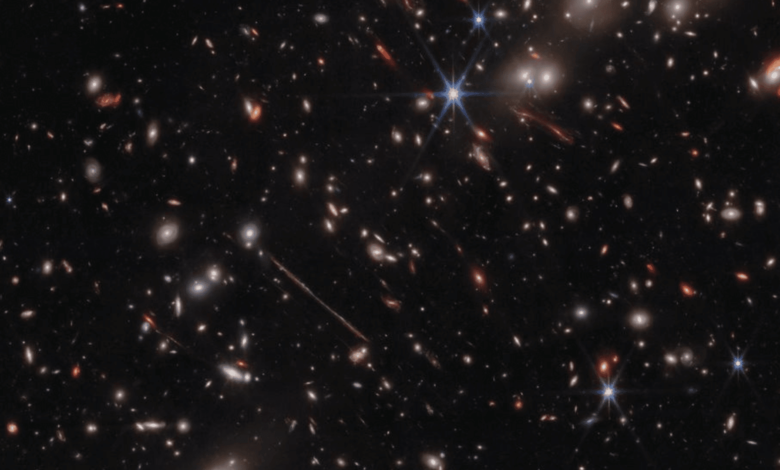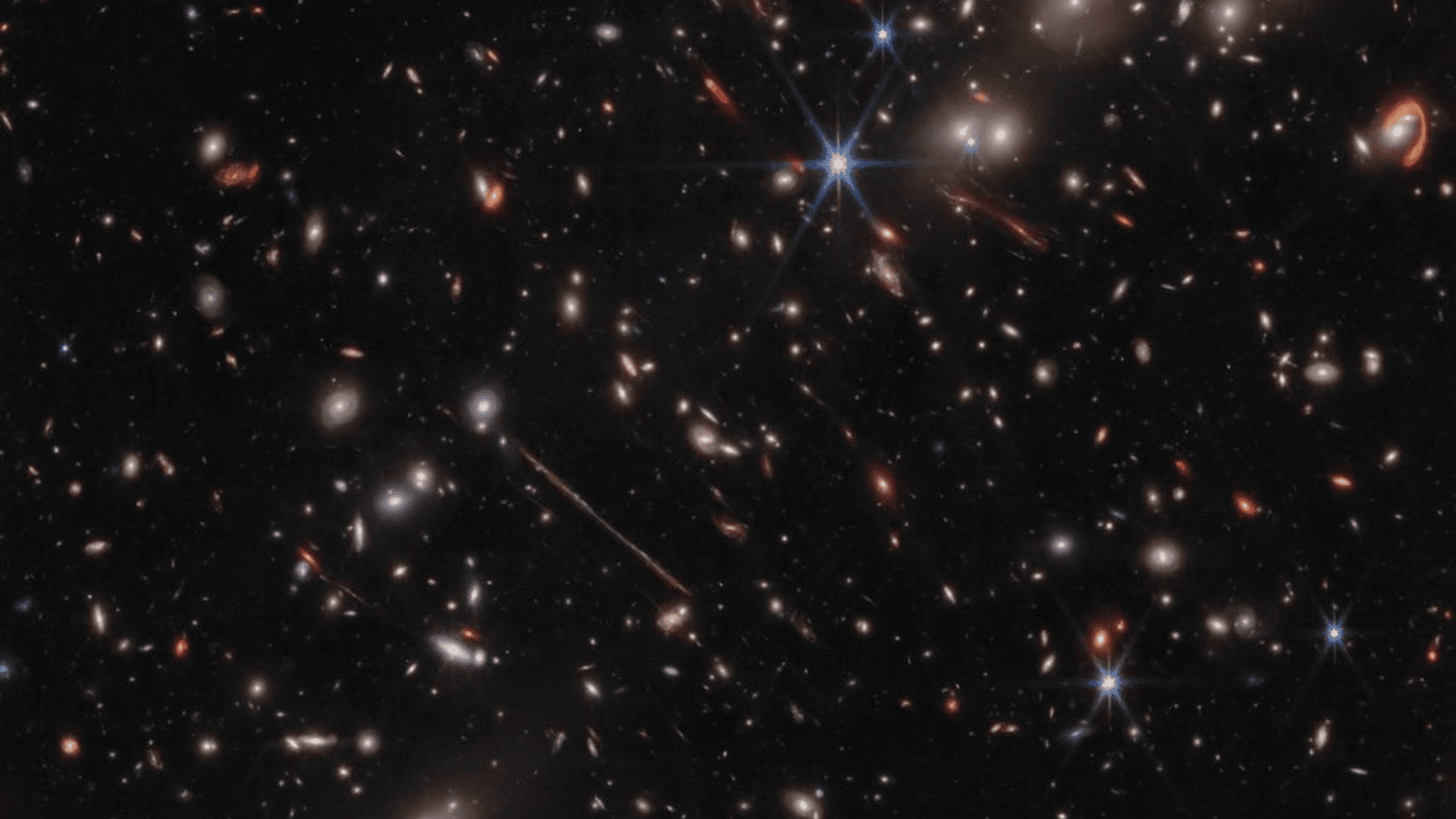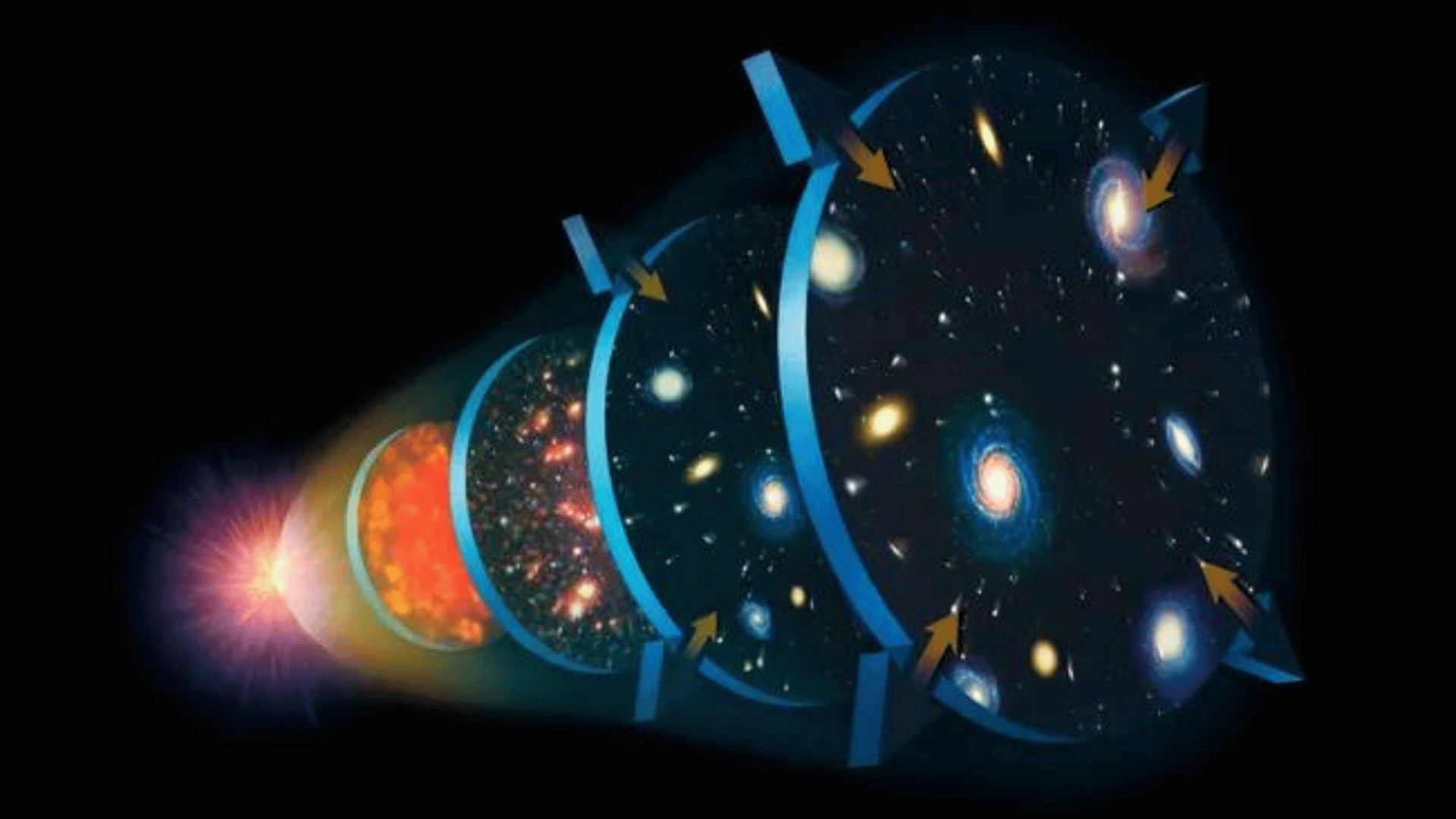James Webb Telescope Confirms That the Universe Is Expanding at Different Speeds

Astronomers have used the James Webb and Hubble space telescopes to confirm one of the most puzzling notions in all of physics, that the universe appears to be expanding at different speeds.

In 2019, measurements by the Hubble Space Telescope confirmed the puzzle was real; in 2023, even more precise measurements from the James Webb Space Telescope (JWST) cemented the discrepancy.
Now, triple-checking both telescopes working together appears to have put the possibility of any measurement error to rest. The study, published in the Astrophysical Journal Letters, suggests that there may be something seriously wrong with our understanding of the universe.
“With measurement errors negated, what remains is the real and exciting possibility we have misunderstood the universe,” lead study author Adam Riess, professor of physics and astronomy at Johns Hopkins University, said in a statement.
There are currently two “gold standard” methods for figuring out the Hubble constant, the value that describes the expansion rate of the universe. The first involves poring over tiny fluctuations in cosmic microwave background (CMB) — an ancient relic of the universe’s first light produced just 380,000 years after the Big Bang.
The second method involves pulsating stars called Cepheid variables. Cepheid stars are dying, and their outer layers of helium gas grow and shrink as they absorb and release the star’s radiation, making them periodically flicker like distant signal lamps.
Explore Tomorrow’s World from your inbox
Get the latest science, technology, and sustainability content delivered to your inbox.

As Cepheids get brighter, they pulsate more slowly and give astronomers a means of measuring their brightness. By comparing this brightness with their observed brightness, astronomers can chain Cepheids into a “cosmic distance ladder” and find precise numbers for its expansion from how the light has been stretched out or red-shifted.
According to Cepheid variable measurements taken by Riess and his colleagues, the universe’s expansion rate is around 74 km/s/Mpc: an impossibly high value when compared to Planck’s measurements.
Scientists initially thought it was a disparity resulting from a measurement error. To resolve the issue, Riess and his colleagues built on the previous measurements by observing 1,000 more Cepheid stars in five host galaxies as remote as 130 million light-years from Earth.
After comparing the data to Hubble’s they confirmed their previous measurements of the Hubble constant were correct.
“We’ve now spanned the whole range of what Hubble observed, and we can rule out a measurement error as the cause of the Hubble Tension with very high confidence,” Riess said. “Combining Webb and Hubble gives us the best of both worlds. We find that the Hubble measurements remain reliable as we climb farther along the cosmic distance ladder.”


